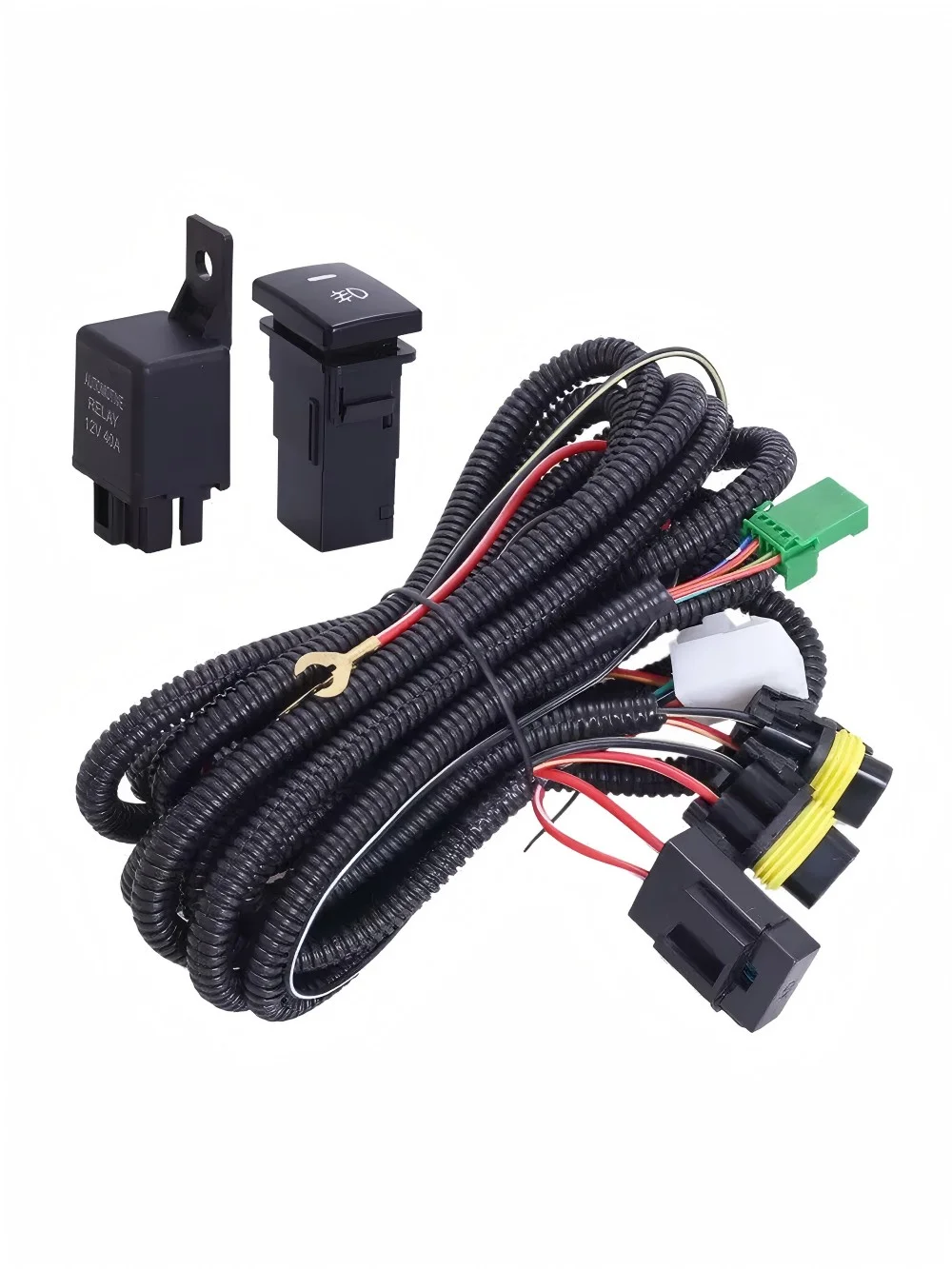Tracing an electrical circuit without power can seem daunting, especially for those who are accustomed to working with live systems. However, understanding how to effectively trace circuits in a de-energized state is a crucial skill for electricians, engineers, and DIY enthusiasts alike. This article delves into the methodologies, tools, and best practices for tracing electrical circuits safely and accurately, ensuring that you can diagnose issues and plan modifications without the risk of electric shock.
Understanding the Importance of Circuit Tracing
Before diving into the techniques, it's essential to grasp why tracing circuits without power is necessary. Power outages, maintenance, and troubleshooting often require professionals to work on de-energized systems. This practice not only enhances safety but also allows for a thorough examination of the circuit's integrity, identifying potential faults, shorts, or open circuits that may not be visible when the system is live.
Tools of the Trade
To effectively trace an electrical circuit without power, several tools can aid in the process:
- Multimeter: A versatile tool that measures voltage, current, and resistance. When tracing circuits, a multimeter can help identify continuity and resistance levels, indicating whether a circuit is intact or has faults.
- Circuit Tracer: This specialized device sends a signal through the circuit, allowing you to trace wires and identify their paths without needing power. Circuit tracers are particularly useful in complex systems where multiple circuits may be intertwined.
- Wire Labels and Diagrams: Keeping accurate records of circuit layouts and labeling wires can significantly simplify the tracing process. Diagrams provide a visual reference, making it easier to follow the circuit's path.
- Insulation Resistance Tester: This tool is essential for checking the insulation quality of wires. It helps identify potential breakdowns in insulation that could lead to shorts or other electrical failures.
Step-by-Step Process for Tracing Circuits
- Safety First
Before beginning any work, ensure that the circuit is completely de-energized. Use a voltage tester to confirm that there is no power present. This step is critical to prevent accidents and ensure a safe working environment.
- Visual Inspection
Start with a thorough visual inspection of the circuit. Look for signs of wear, damage, or loose connections. Pay attention to junction boxes, terminals, and any exposed wiring. This initial assessment can often reveal obvious issues that need addressing.
- Utilize Diagrams and Labels
Refer to any existing circuit diagrams and labels. These documents provide a roadmap of the circuit layout, making it easier to trace connections and identify components. If diagrams are not available, consider creating a simple sketch as you work.
- Employ the Multimeter
Using a multimeter, set it to the continuity mode. Begin at one end of the circuit and probe the connections. A beep or a reading close to zero indicates continuity, confirming that the circuit path is intact. If you encounter an open circuit, note the location for further investigation.
- Circuit Tracing with a Tracer
If the circuit is complex or spans a large area, employ a circuit tracer. Connect the transmitter to one end of the circuit and use the receiver to follow the signal along the wire. This method is particularly effective for tracing wires hidden behind walls or in conduits.
- Check Insulation Resistance
After tracing the circuit, use an insulation resistance tester to check the integrity of the insulation. This step is crucial for ensuring that the circuit is safe to energize once repairs or modifications are complete.
Troubleshooting Common Issues
While tracing circuits, you may encounter several common issues:
- Open Circuits: If continuity tests indicate an open circuit, inspect connections, terminals, and junctions for breaks or disconnections.
- Short Circuits: A short circuit may manifest as a low resistance reading between wires that should not be connected. Investigate the affected area for damaged insulation or faulty components.
- Ground Faults: If the insulation resistance tester indicates low resistance to ground, this could signify a ground fault. Inspect the circuit for any exposed wires or moisture ingress.
Conclusion
Tracing electrical circuits without power is an invaluable skill that enhances safety and efficiency in electrical work. By employing the right tools and following a systematic approach, you can effectively diagnose and troubleshoot circuits, ensuring their reliability and safety. Whether you are a seasoned professional or a DIY enthusiast, mastering this technique will empower you to tackle electrical challenges with confidence.





